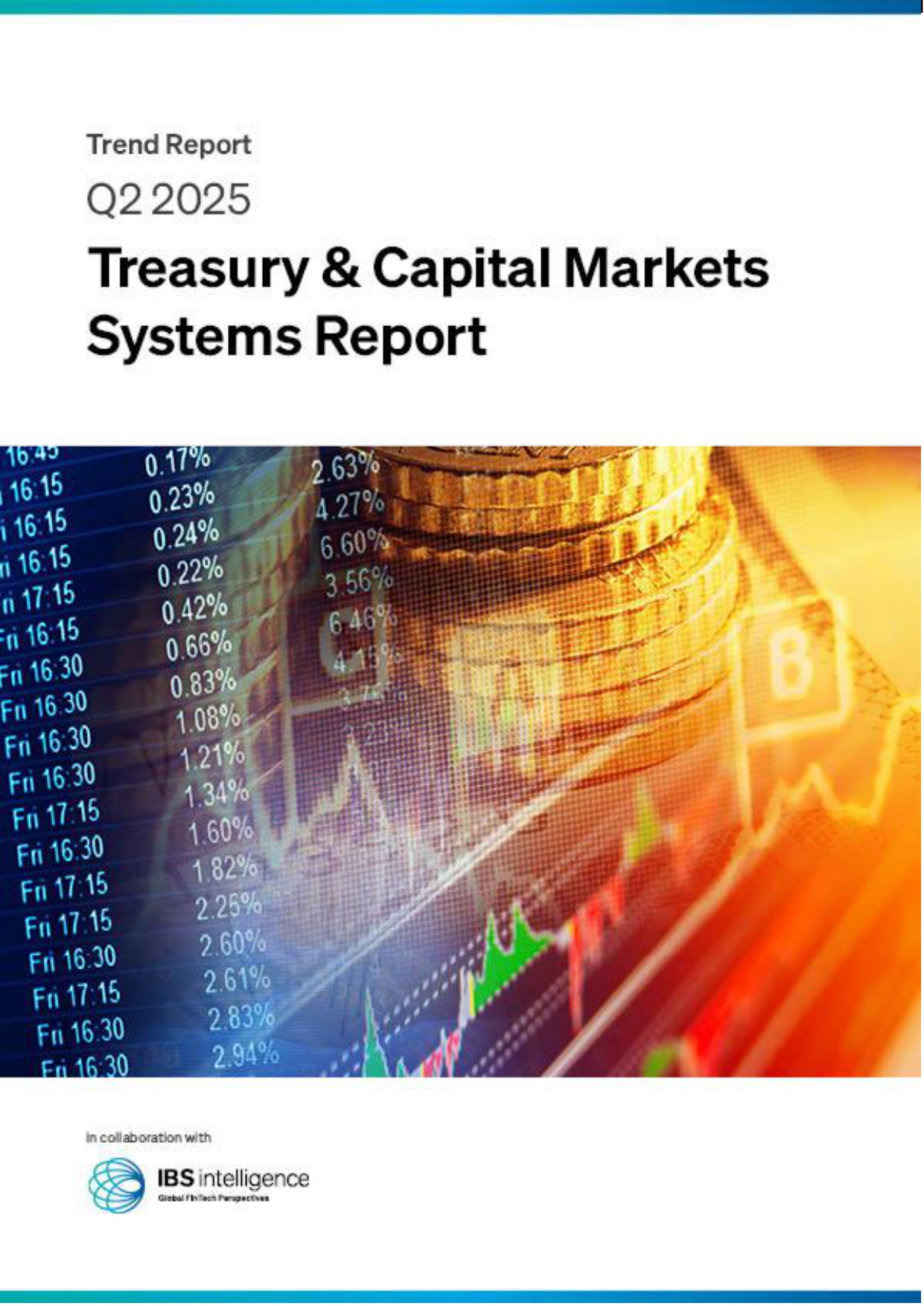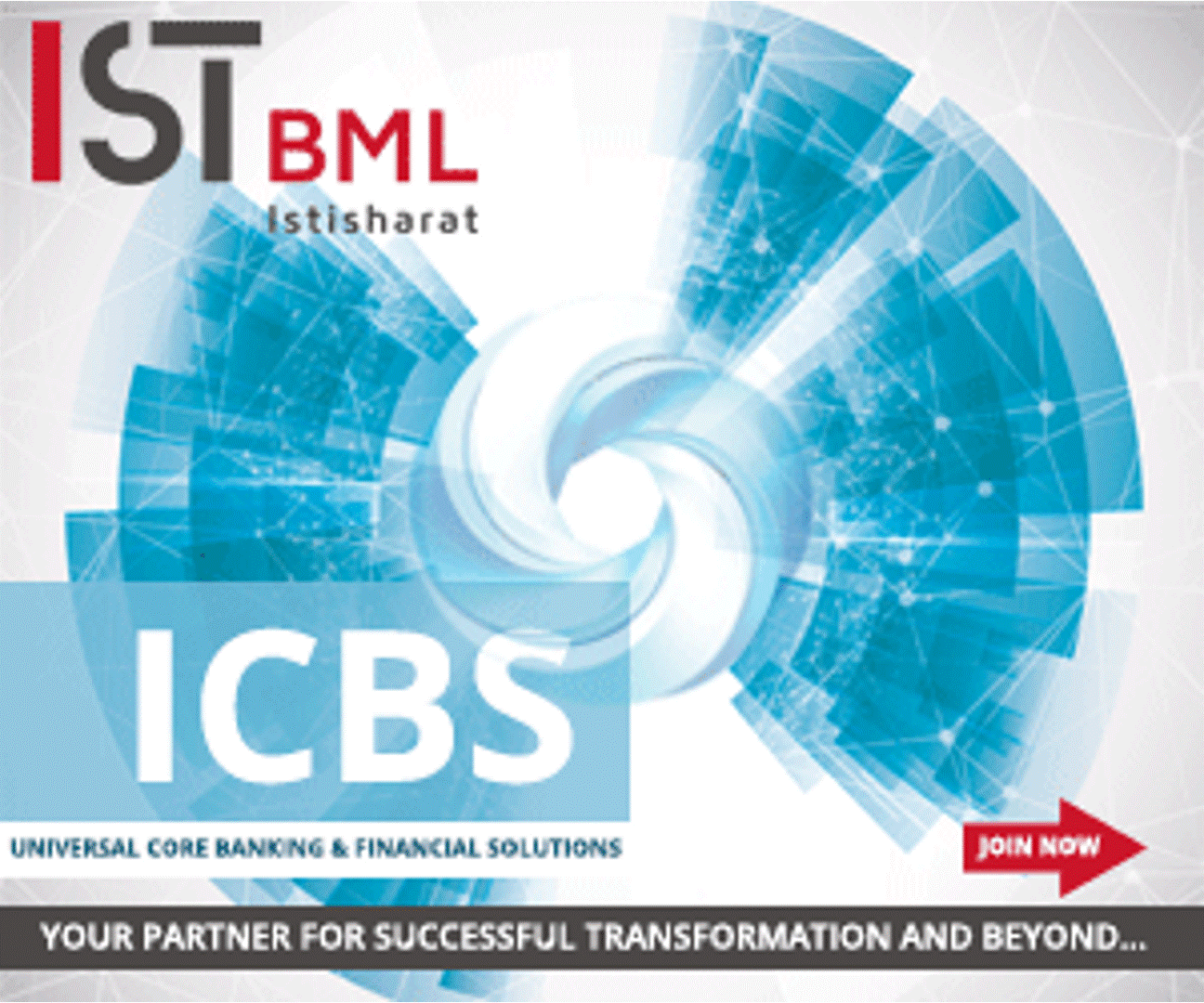 Back
Back
The deep dive: Neobanks in Asia
By Puja Sharma
The deep dive’ is our bi-weekly exploration of a relevant topic, hot trend, or new product. For Prime subscribers only.
How does it work?
These non-banking service providers are called neobanks and they are challenging the present status of traditional banks, by offering lower-cost models and hyper-distinctive customer-centric service and experiences. Unlike their traditional counterparts, neobanks aren’t constrained by legacy systems, tightly integrated value chains, complex administrative structures, and lofty regulatory requirements. Though neobanks don’t have their bank licenses in India yet, they use partners to offer bank-licensed services.
Neobanks, distinguish themselves from online banking services by diversifying from mere online banking to high-ranking customer services in addition to digital banking. Banks are struggling to keep up with the rise in innovative technology inventions. A crucial factor to consider is whether neobanks compete with traditional banks or are in collaboration with them.
These banks provide transparent financial offerings—with the help of Artificial intelligence and Machine learning it is providing customers with round-the-clock chatbot support, real-time notification, and easy of creation an account among others.
Who is under the radar?
Neobanking adoption could hit 34% next year and 41% in 2027. Adoption is set to boom in the UAE, according to Finder.com’s neo banking adoption report. The number of adults in the UAE with a neobank account grew to 19% this year, up from 17% in 2021, according to an online survey of 1,015 internet users.
The report reveals an additional 15% plan to open a neobank account within 12 months taking adoption to a forecasted 34% in 2023. Brazil leads the way for digital bankers in 2022, with 43% of those surveyed saying they have an account. Brazil is followed by India (26%), Ireland (22%), Singapore (21%), Hong Kong (20%), United Arab Emirates (19%), Mexico (17%), Spain (17%), and South Africa (15%).
At the other end of the spectrum, the United States has the smallest percentage of adults with a digital-only bank account (8%), followed by both the Philippines and Malaysia at 13%, and Portugal and Germany with 14%.
Asia Pacific region will lead the global mobile payment technology market in terms of revenue and volume share and this is expected to be majorly driven by the high proliferation of smartphones in this region and the increasing population that is adopting online payment solutions owing to rising technological proliferation. China and India which are leading markets in this region will be driven by rapid urbanization and digitization in these nations and emerge as high lucrative markets for mobile payment technology providers through the forecast period.
Why does it matter now?
The market size of neo and challenger banks was estimated at nearly $47b in 2021. Estimates projected the sector’s market size to grow at an annual average rate (CAGR) of 53.4% until 2030, reaching the value of $2.05t.
The usage of smartphones in Asian countries to make payments via payment wallets such as PhonePe, Google pay, Paytm, etc has surged since the COVID-19 outbreak. Besides using Neobanks in today’s time comes with the perks of seamless, faster payments, a user-friendly interface, and hassle-free account creation, among others.
The IBS Intelligence propriety data shows, In 2021, 2.38 billion people used digital payments, accounting for the highest transaction value among FinTech last year. It is estimated that by 2026 the number of users in Asia would increase to 3.3 billion.
IBSi FinTech Journal
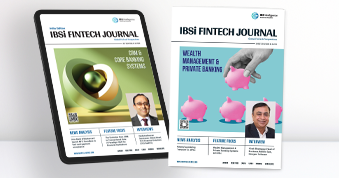
- Most trusted FinTech journal since 1991
- Digital monthly issue
- 60+ pages of research, analysis, interviews, opinions, and rankings
- Global coverage
Other Related News
Related Reports

Sales League Table Report 2025
Know More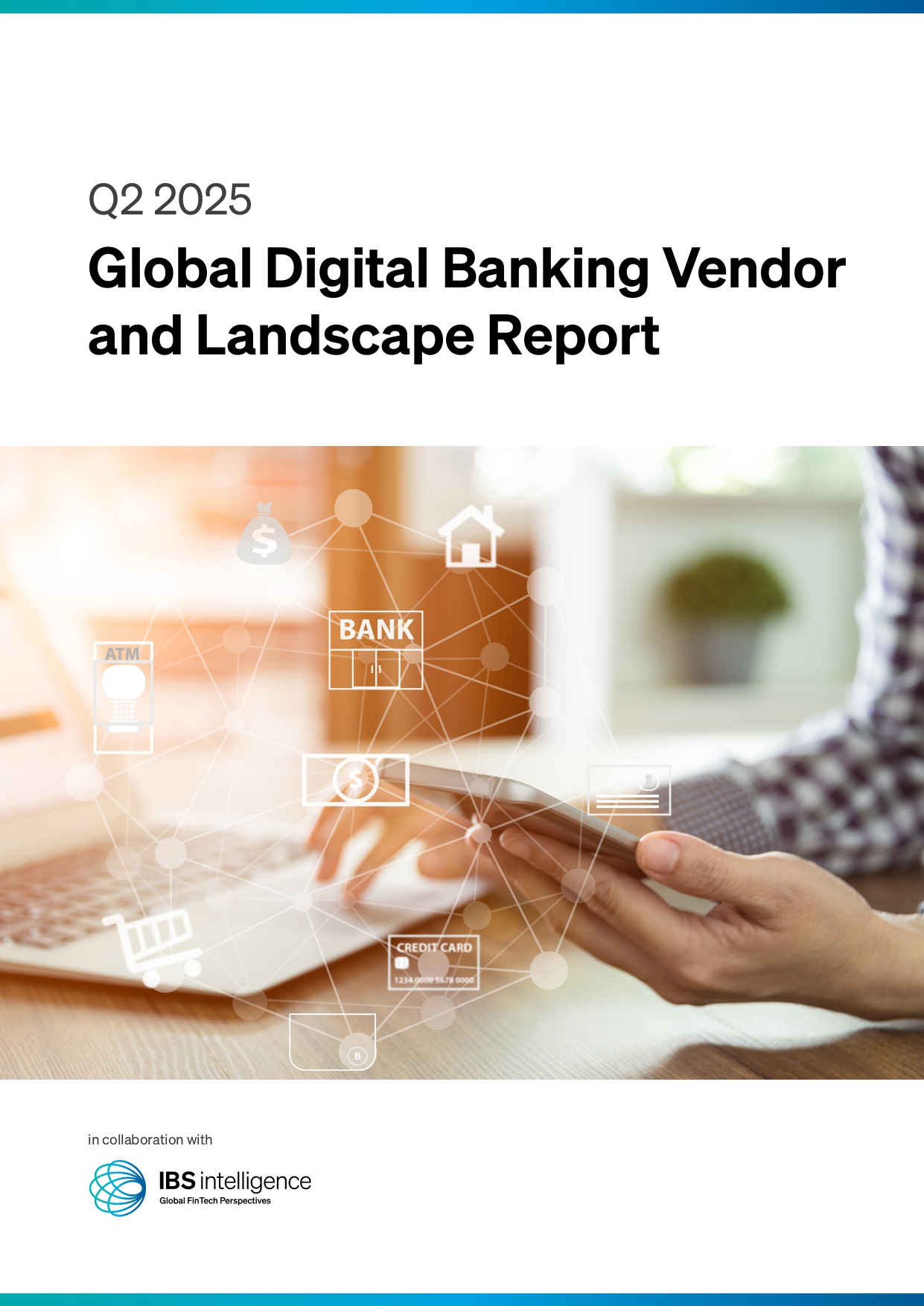
Global Digital Banking Vendor & Landscape Report Q2 2025
Know More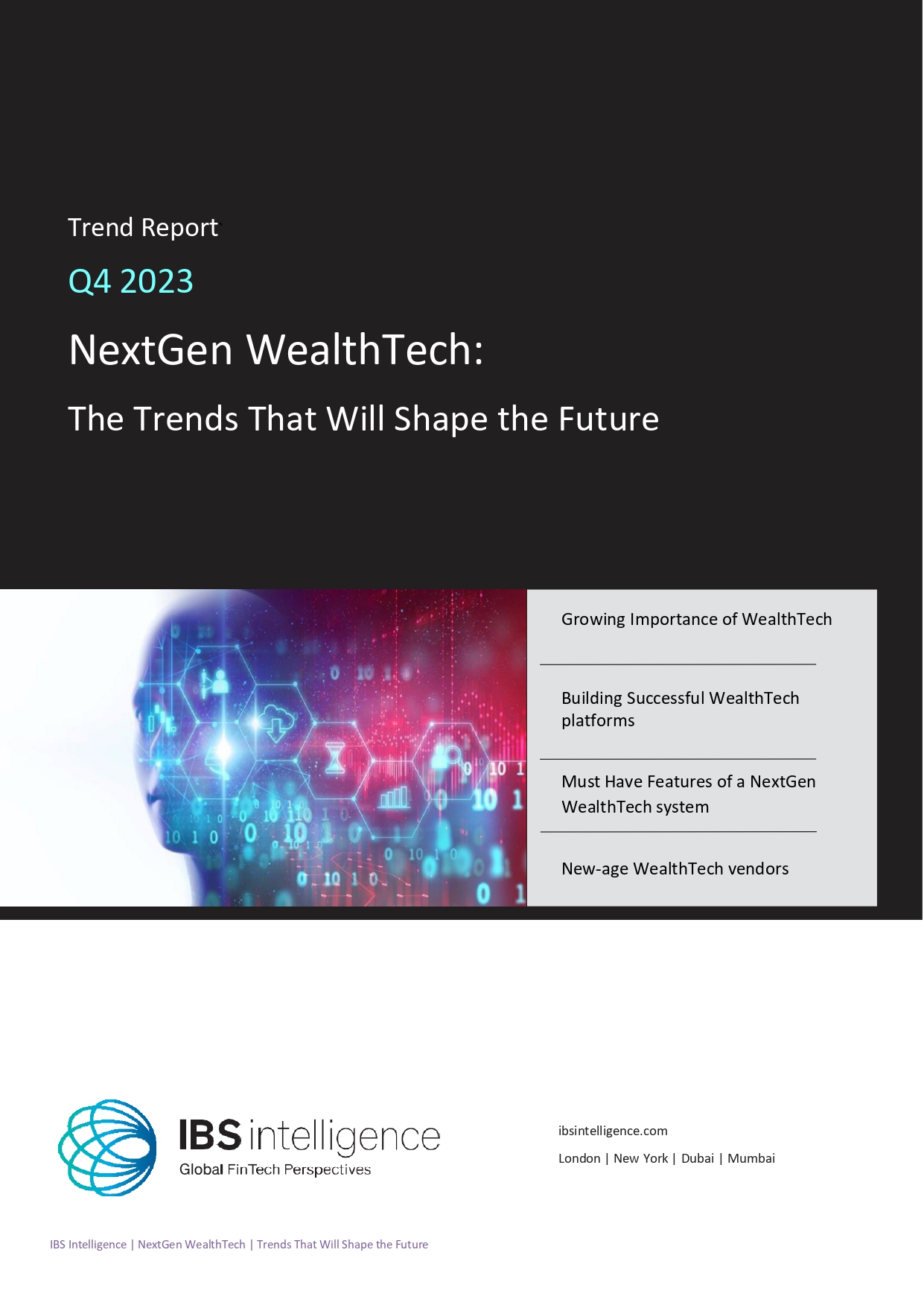
NextGen WealthTech: The Trends To Shape The Future Q4 2023
Know More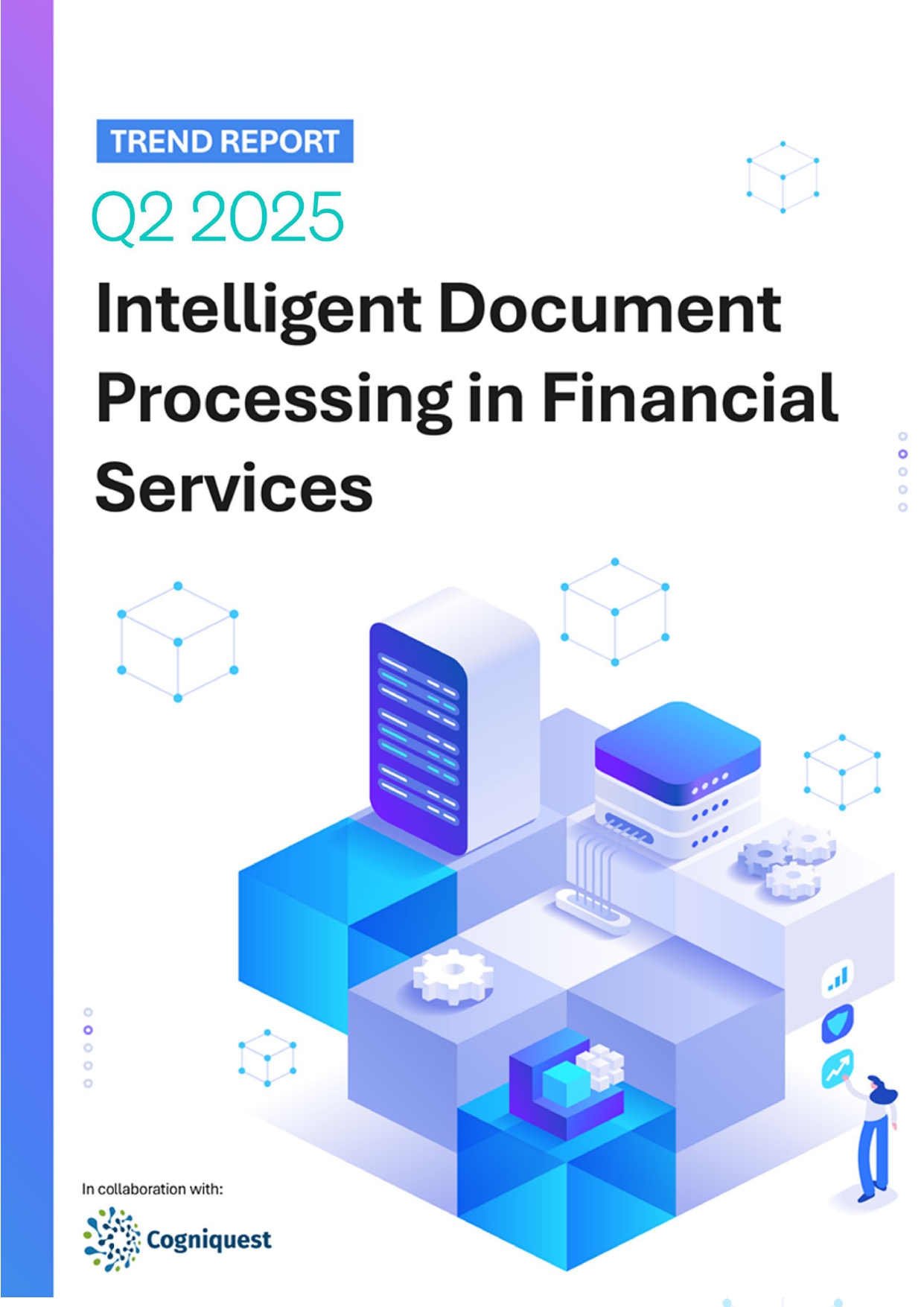
Intelligent Document Processing in Financial Services Q2 2025
Know More